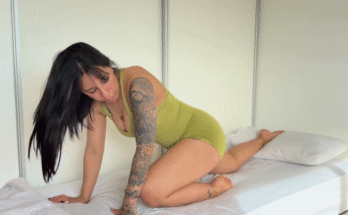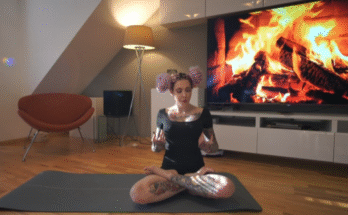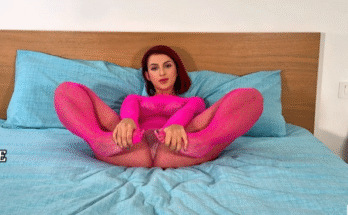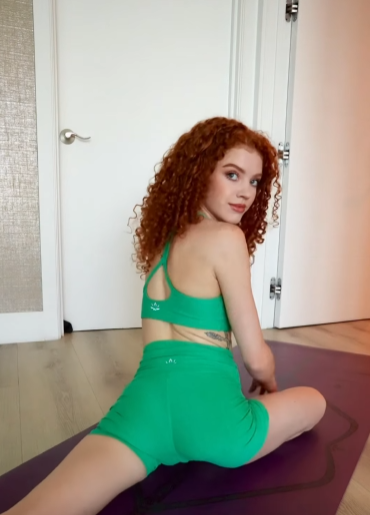
The yoga studio was quiet except for the faint hum of the ceiling fan. Afternoon sunlight streamed in through the wide windows, painting golden patches on the polished wooden floor. I unrolled my mat, feeling the familiar texture beneath my bare feet. Today was my fifth week into this new yoga journey, and while my hamstrings had stopped screaming every time I bent forward, I still had a nemesis — a pose that tested every ounce of my patience and stability.
It was called Ardha Chandrasana, or Half Moon Pose. A beautiful, graceful posture that looked effortless in the photos online — one hand on the mat, one leg lifted parallel to the ground, the chest open to the side, and the other arm reaching to the sky. But for me, it was a battlefield. Every attempt so far ended the same way: my lifted leg quivering, my standing foot wobbling, and me eventually toppling sideways like a tree in slow motion.
“Remember,” my yoga teacher, Mei, said as she walked past my mat, “balance is not about being perfectly still. It’s about constant micro-adjustments.” She smiled knowingly, as though she could read the self-criticism on my face.
I inhaled deeply, grounding myself in Tadasana — Mountain Pose. My mind wandered to all the things I had read about balance: keep your core engaged, gaze softly at a fixed point, distribute your weight evenly. But when I bent forward and shifted into the preparatory lunge, my thoughts scattered like startled birds.
I lifted my right leg, slowly, slowly, feeling the weight shift to my left foot. My fingertips brushed the mat, my core tightened, and my gaze fixed on a spot in front of me. My lifted leg rose to hip height… and wobbled instantly. My toes flexed desperately, searching for an anchor in mid-air. My ankle trembled as though trying to send me an urgent message: Abort mission!
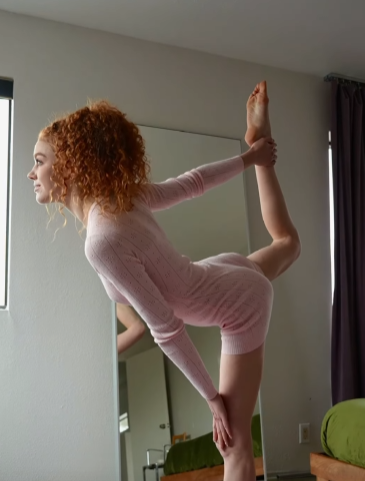
“Breathe into it,” Mei’s voice floated across the room.
So I did. I inhaled, picturing my breath traveling down into my core, filling it with steadiness. I exhaled, imagining tension draining through the soles of my feet. My lifted leg steadied for a heartbeat, and I felt the miracle of balance — fragile yet empowering.
But then my focus broke. I thought about how I must look, teetering like a flamingo on ice, and just like that, my body lost the fight. My leg dropped, my fingertips clumsily grabbed for stability, and I was back on two feet.
“Good,” Mei said, appearing beside me. “Falling is part of learning. Try again. This time, don’t think about holding it perfectly. Think about feeling it.”
Something about her words clicked. I had been chasing perfection, wanting the pose to look like the photos, forgetting that yoga wasn’t a competition — not even with myself.
I reset. Feet grounded. Deep breath. I moved slower this time, as though pouring myself into the shape rather than forcing it. My standing foot felt rooted, my lifted leg extending as if someone was gently pulling it from behind. My fingers pressed lightly into the mat without dumping weight onto them.
I focused on my breath. Inhale — lengthen the spine. Exhale — open the chest.
A small smile formed as I realized: I wasn’t holding still, yet I wasn’t falling either. My foot made constant micro-adjustments. My hip shifted a fraction. My fingers twitched on the mat. And that, I understood now, was the dance of balance.
A minute later, my muscles began to burn. My lifted leg begged for mercy, my standing calf trembled, but I stayed with it until Mei gently said, “Release.” As I lowered my leg and stood upright, a wave of accomplishment washed over me. Not because I held the pose perfectly — I hadn’t — but because I had experienced it fully without letting frustration steal my focus.
During the rest of the class, I noticed something strange: the poses I once dreaded felt lighter. Warrior III, Tree Pose, even simple forward folds all felt steadier when I thought about constant micro-adjustments rather than rigid stillness. Balance, I realized, was alive — not frozen.
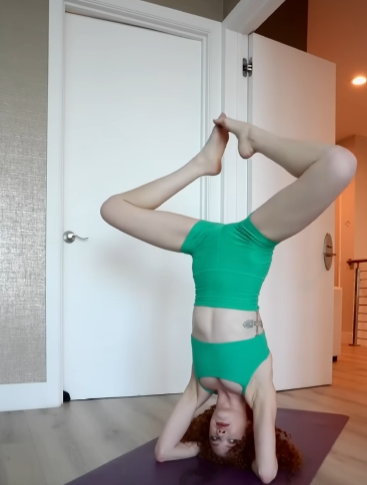
After class, Mei handed me a rolled-up yoga strap. “If you want to work on Half Moon at home, use this against a wall. The wall will support your lifted leg so you can focus on alignment without fighting gravity so hard.”
That evening, I cleared a small space in my living room. My cat eyed me suspiciously from the couch as I placed my mat near the wall. I started slow, just like in class. Standing foot grounded, core engaged, breath steady. When my lifted foot met the wall, I felt instant relief — a sense of security that let me open my chest and extend my top arm with more freedom.
I stayed there for several breaths, feeling the posture in layers: the grounding through my standing leg, the expansion across my collarbones, the subtle pull through my fingertips. I practiced both sides, knowing my non-dominant side needed twice as much patience.
For the next week, I made Half Moon Pose my daily ritual. Some days, I felt steady enough to hold it away from the wall for several breaths. Other days, I wobbled so much I laughed out loud and started over. The difference was that I no longer saw the wobbling as failure. Each attempt was a conversation between my mind and body, a negotiation of trust.

By the following Sunday, when I walked into the studio, I felt a quiet confidence. During class, Mei cued Half Moon Pose, and I stepped into it with the calmness of someone meeting an old friend. My standing leg held firm, my lifted leg extended fully, and my gaze — my drishti — softened toward the floor.
I didn’t topple. I didn’t panic. My body swayed, yes, but it swayed like a tree in a gentle breeze — rooted and alive. When Mei passed by, she whispered, “You’ve found your balance.”
And she was right. Not just on the mat, but in how I approached challenges in general. The pose had taught me that balance wasn’t about controlling every variable or freezing myself in place. It was about meeting change with presence, adjusting without judgment, and trusting the process.
Now, whenever I face something difficult — whether it’s a tricky work project, a crowded grocery store line, or an unexpected change of plans — I remind myself of that moment in Half Moon Pose. I think about rooting down, opening up, breathing into the wobbles.
Balance, I’ve learned, isn’t something you achieve once and keep forever. It’s something you choose, breath by breath, moment by moment. And sometimes, the most challenging pose becomes your greatest teacher.
